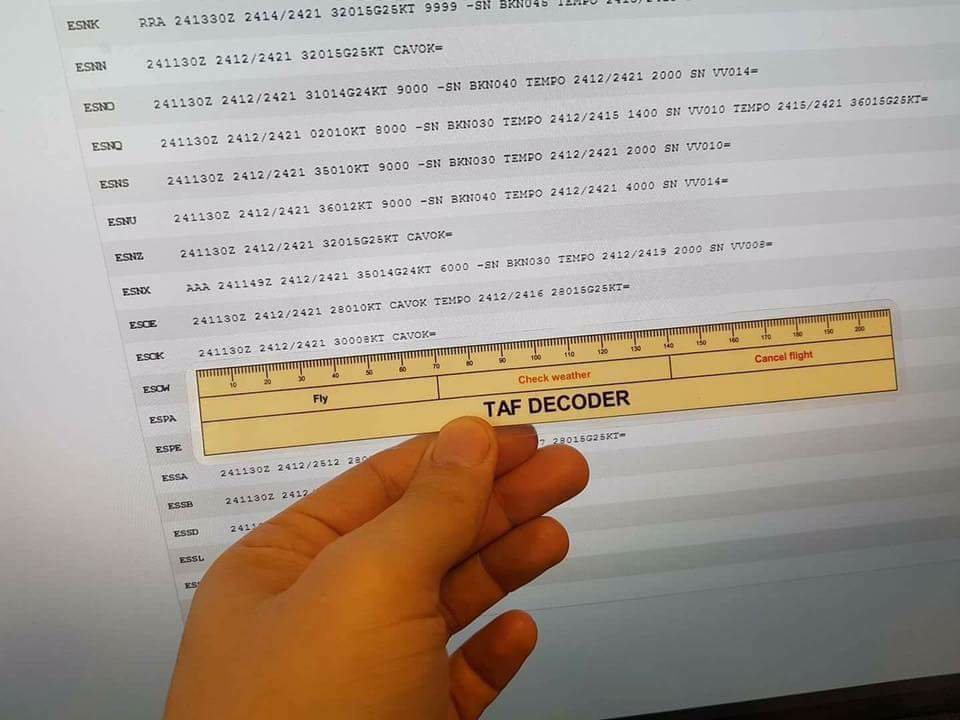arkvet
Line Up and Wait
I'm not really sure how to go about this post but it's something that' been on my mind quite a bit in the past week or two. As we see crash reports every few days we continue to note that many times (especially when dealing with weather) that the go/no go decision is what costs people their lives. Let's face it, none of us want to be "that guy" but every few days one of us is.
I'm very much against any new rules or regulations to "aid" with this issue but would rather like to discuss some potential helpful ideas that might be doable on a personal / group level. Who knows maybe some of you all already do something like this???
My idea (what I'm considering) is finding another pilot that I trust to provide input when the decision is not easy. Basically have someone that has no connection to your desired mission assess the mission and say "looks like you should get a hotel and go tomorrow". There will be no "get there -itis" to influence us. Also, since this would be a pre-arranged setup I think I would be more apt to not blow off the advice. I would ,of course, provide the same advice in return.
Some of you may remember last Friday am I made a post regarding a wind shear forecast. It was something I wasn't familiar with and the members of this forum were a HUGE help with me understanding it and making the "go" decision. I will be honest and say that without that feedback I would have driven my truck and missed out on a beautiful flight.
Does anyone out there have a pilot friend that they rely on for objective help when external pressures could be tough to face?
Maybe it's a goofy idea. IDK. Overall I've been a pretty good decision maker and have never put myself into a bad position... but I know I'm not immune.
Just wondering if a network where people were comfortable discussing concerns / risk assessments would be a good thing? What about a forum section named "go/no go"?
I'm very much against any new rules or regulations to "aid" with this issue but would rather like to discuss some potential helpful ideas that might be doable on a personal / group level. Who knows maybe some of you all already do something like this???
My idea (what I'm considering) is finding another pilot that I trust to provide input when the decision is not easy. Basically have someone that has no connection to your desired mission assess the mission and say "looks like you should get a hotel and go tomorrow". There will be no "get there -itis" to influence us. Also, since this would be a pre-arranged setup I think I would be more apt to not blow off the advice. I would ,of course, provide the same advice in return.
Some of you may remember last Friday am I made a post regarding a wind shear forecast. It was something I wasn't familiar with and the members of this forum were a HUGE help with me understanding it and making the "go" decision. I will be honest and say that without that feedback I would have driven my truck and missed out on a beautiful flight.
Does anyone out there have a pilot friend that they rely on for objective help when external pressures could be tough to face?
Maybe it's a goofy idea. IDK. Overall I've been a pretty good decision maker and have never put myself into a bad position... but I know I'm not immune.
Just wondering if a network where people were comfortable discussing concerns / risk assessments would be a good thing? What about a forum section named "go/no go"?





